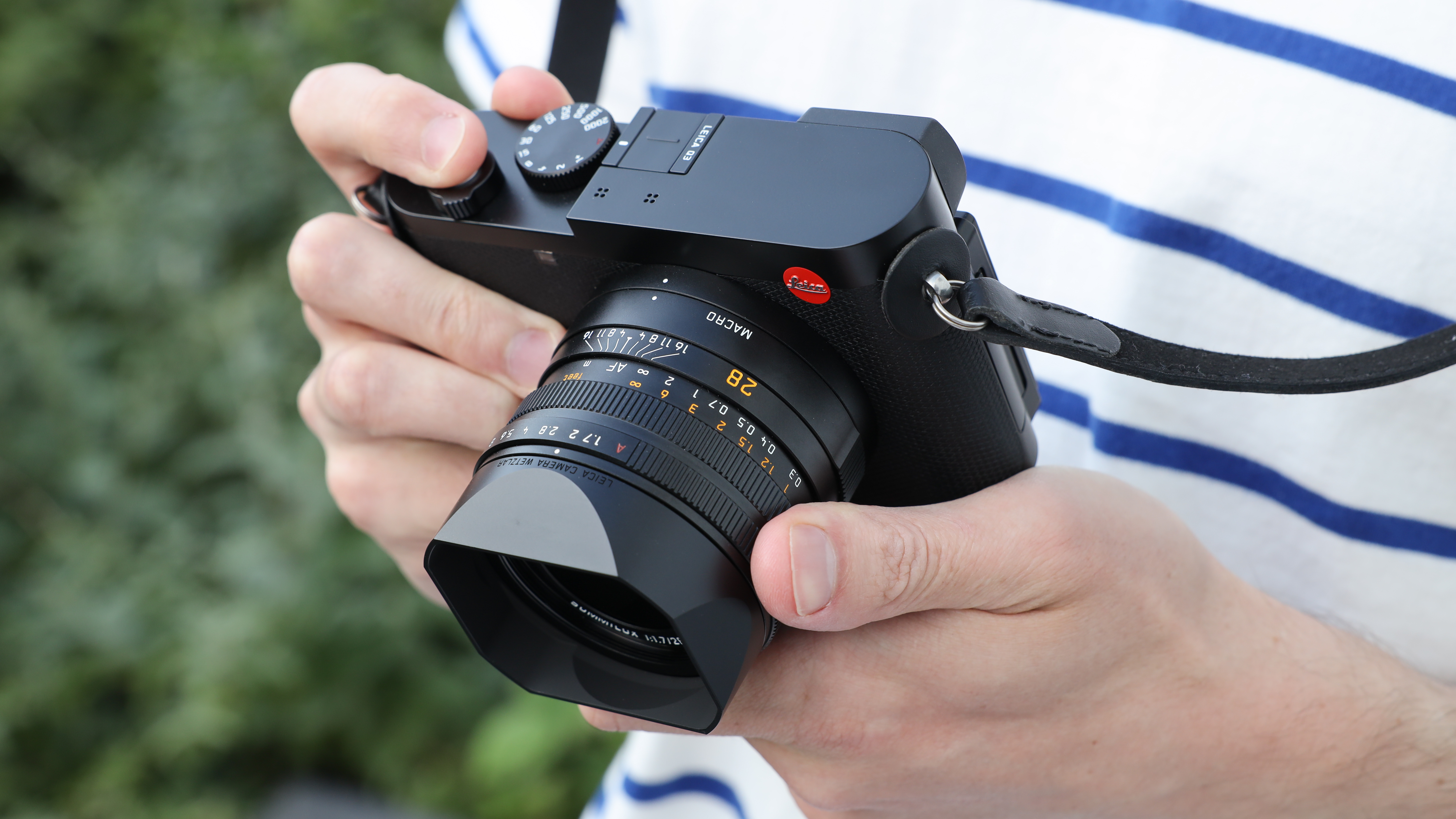"The Leica Q3 is, in my opinion, the best deal Leica offers – and I use Leica M-cameras for a living"
The Leica Q3: it’s the one Leica that’s as practical as it is prestigious

As a devoted Leica user, I’ve been fortunate enough to own and cherish two exceptional cameras from their iconic M lineup: the Leica M-E for digital work and my beloved 1965 Leica M2 for film. Each of these cameras represents the very best of what Leica stands for: robust design, minimalist operation, and a timeless commitment to quality.
The M system's interchangeable lenses add an unmatched versatility to the mix, allowing photographers to tailor their setup to any creative vision. But as much as I love my M cameras, I’ll admit that there’s another Leica that has me singing its praises lately—the Leica Q3.
First, let me acknowledge the enduring appeal of the M system. There’s something magical about holding a Leica M2 that has seen decades of history and still performs like a dream. Similarly, my M-E delivers digital perfection while maintaining the tactile elegance of its film-based siblings.
But let’s be honest: Leica cameras are an investment. By the time you add a high-quality lens to your M body, the price climbs steeply. That’s where the Leica Q3 enters the conversation as a game-changer.

The Leica Q3 is, in my opinion, the best deal Leica offers. Yes, I know that calling a camera with a price tag that could buy a decent secondhand car a “bargain” might raise some eyebrows. But hear me out.
The Q3 features a built-in 28mm f/1.7 Summilux lens that’s essentially “thrown in” for the price. This isn’t just any lens; it’s a masterpiece. In the M-mount lineup, the equivalent 28mm Summilux lens costs a staggering $7,995 on its own. Pair that lens with an M11 body, and you’re looking at a system that sets you back $16,990. Meanwhile, the Q3—which includes a lens that performs on par with its standalone M-mount sibling—comes in at $5,995. Essentially, you’re saving $10,695 in theory, and that’s bonkers.
Beyond the financial argument, the Q3’s convenience is unmatched. Its fixed-lens design eliminates the need to swap lenses, making it an ideal choice for travel, street photography, or any scenario where simplicity is key. Despite this “limitation,” the Q3 doesn’t compromise on versatility.
Its high-resolution 60MP sensor and superb lens deliver images with incredible sharpness, stunning color, and that unmistakable Leica look. The addition of modern features like weather sealing, a tilting touchscreen, and improved autofocus makes it a joy to use in real-world scenarios

Don’t get me wrong; I’ll always love my M cameras. There’s an unmatched satisfaction in manually focusing a Summilux or shooting a roll of Tri-X on a body older than I am. But for anyone considering the Leica ecosystem, the Q3 represents an unparalleled combination of quality, simplicity, and value. It’s the one Leica that’s as practical as it is prestigious.
So, while the Q3 may still carry a price tag that’s out of reach for many, it stands as a testament to what Leica does best: creating tools that inspire and endure. For those who can make the leap, the Q3 isn’t just a camera; it’s an invitation to experience the joy of photography in its purest form. And in the grand scheme of Leica’s lineup, it might just be the smartest choice of all.
Get the Digital Camera World Newsletter
The best camera deals, reviews, product advice, and unmissable photography news, direct to your inbox!

For nearly two decades Sebastian's work has been published internationally. Originally specializing in Equestrianism, his visuals have been used by the leading names in the equestrian industry such as The Fédération Equestre Internationale (FEI), The Jockey Club, Horse & Hound, and many more for various advertising campaigns, books, and pre/post-event highlights.
He is a Fellow of the Royal Society of Arts, holds a Foundation Degree in Equitation Science, and holds a Master of Arts in Publishing. He is a member of Nikon NPS and has been a Nikon user since his film days using a Nikon F5. He saw the digital transition with Nikon's D series cameras and is still, to this day, the youngest member to be elected into BEWA, the British Equestrian Writers' Association.
He is familiar with and shows great interest in 35mm, medium, and large-format photography, using products by Leica, Phase One, Hasselblad, Alpa, and Sinar. Sebastian has also used many cinema cameras from Sony, RED, ARRI, and everything in between. He now spends his spare time using his trusted Leica M-E or Leica M2, shooting Street/Documentary photography as he sees it, usually in Black and White.
